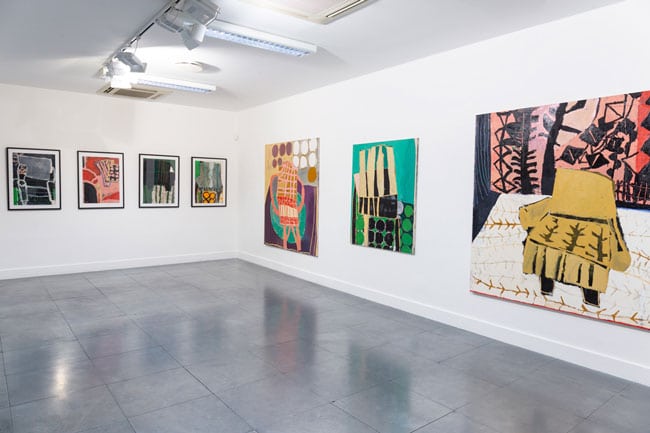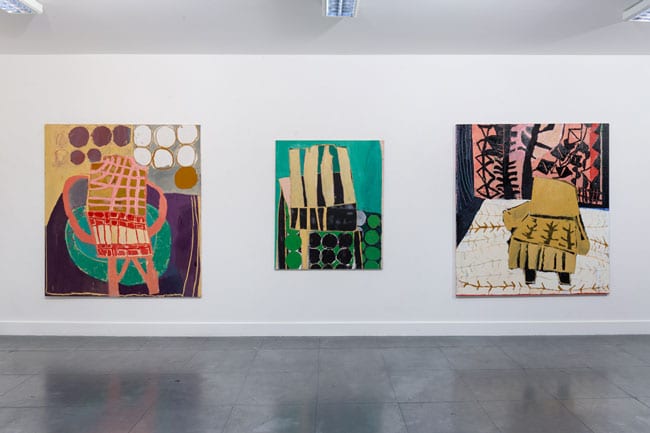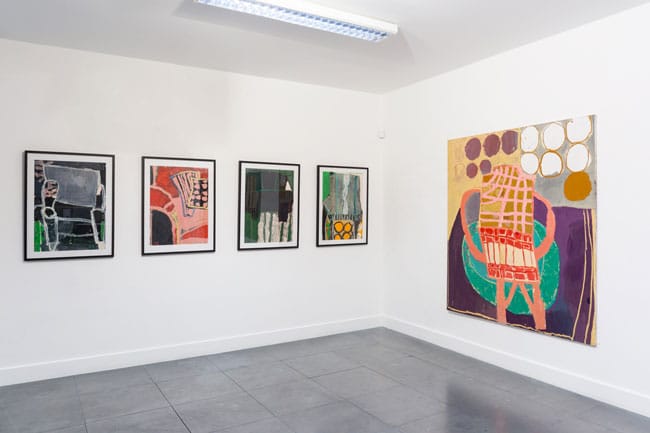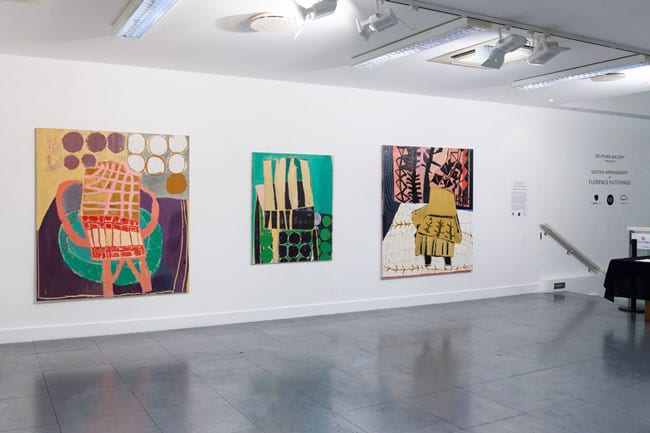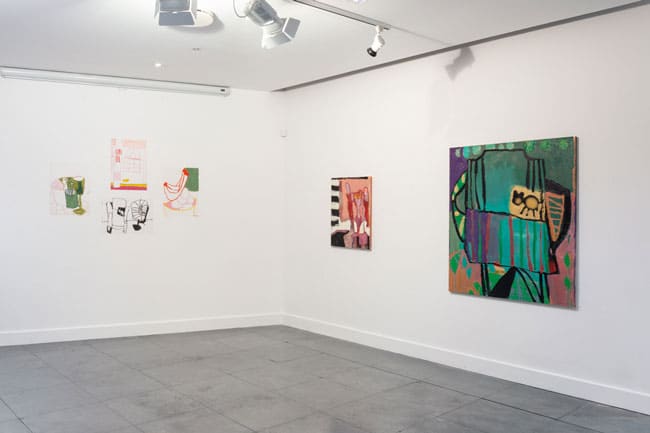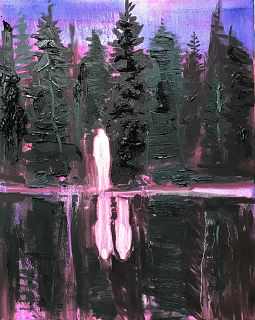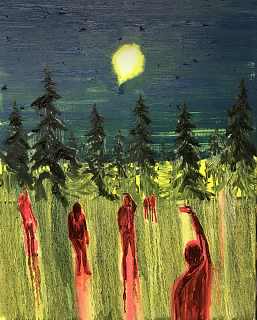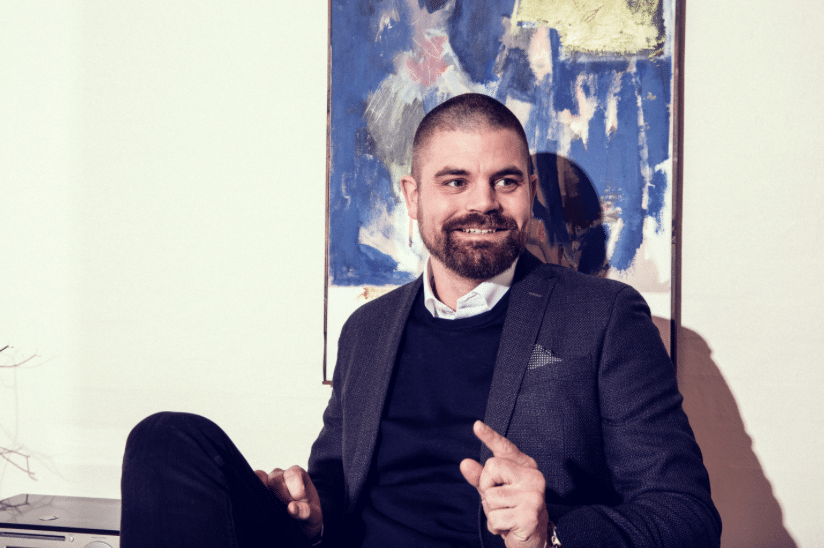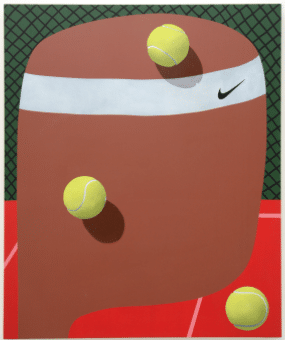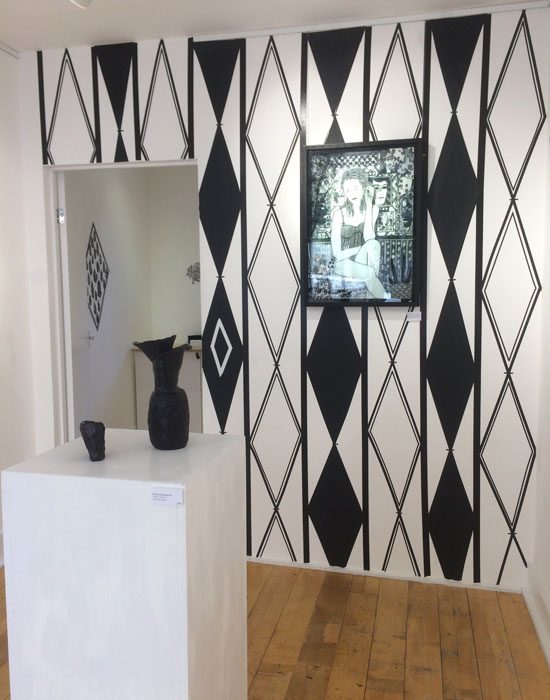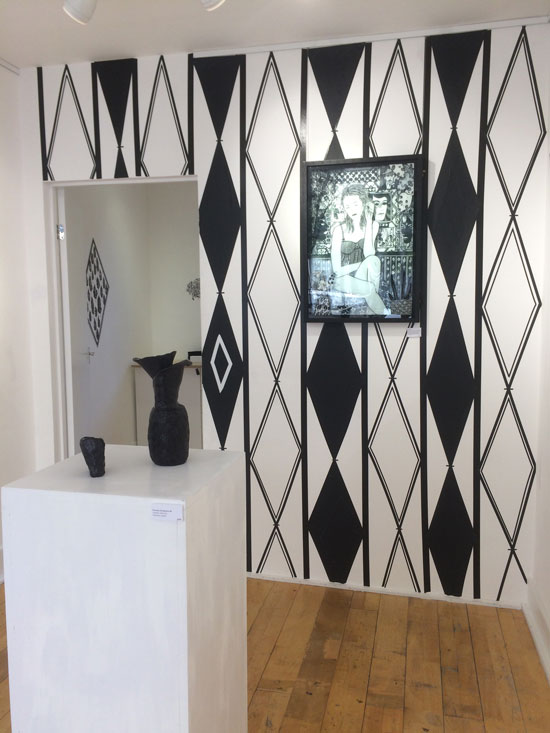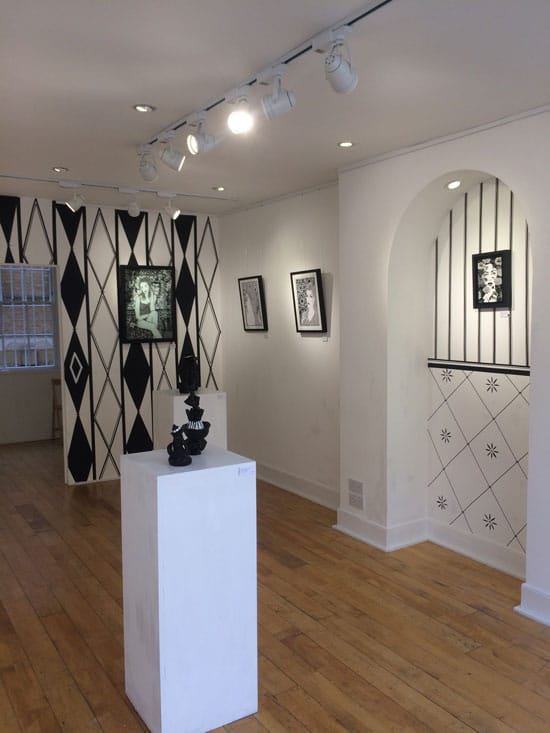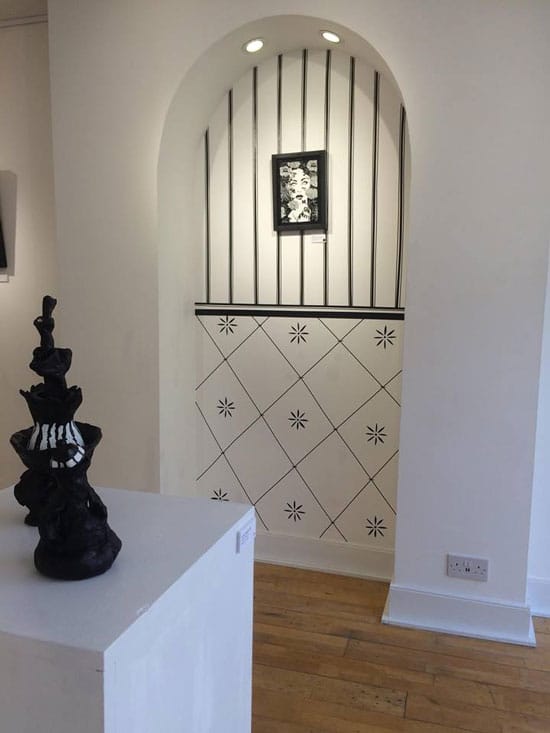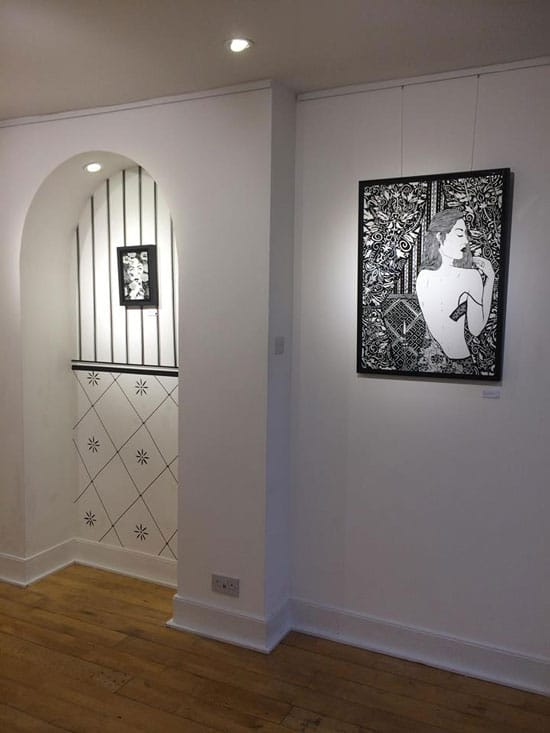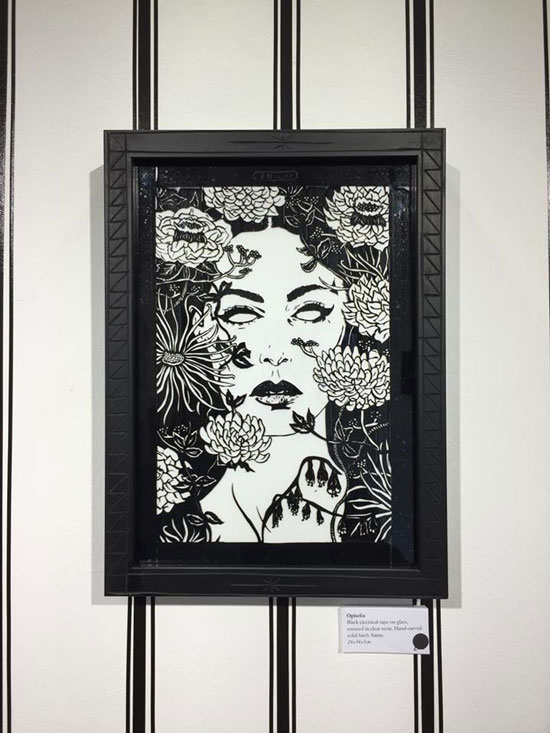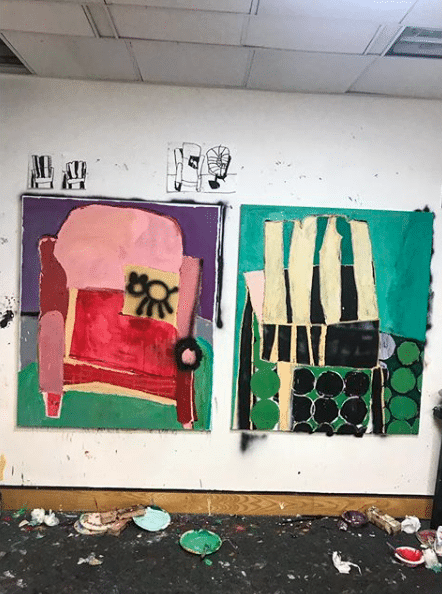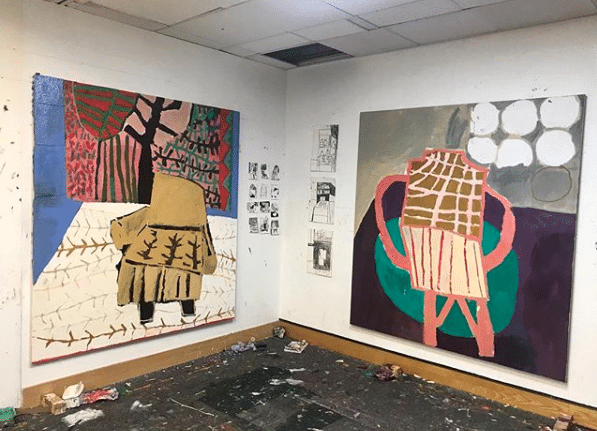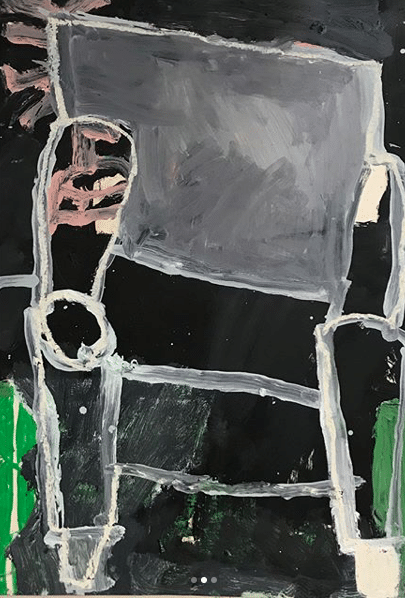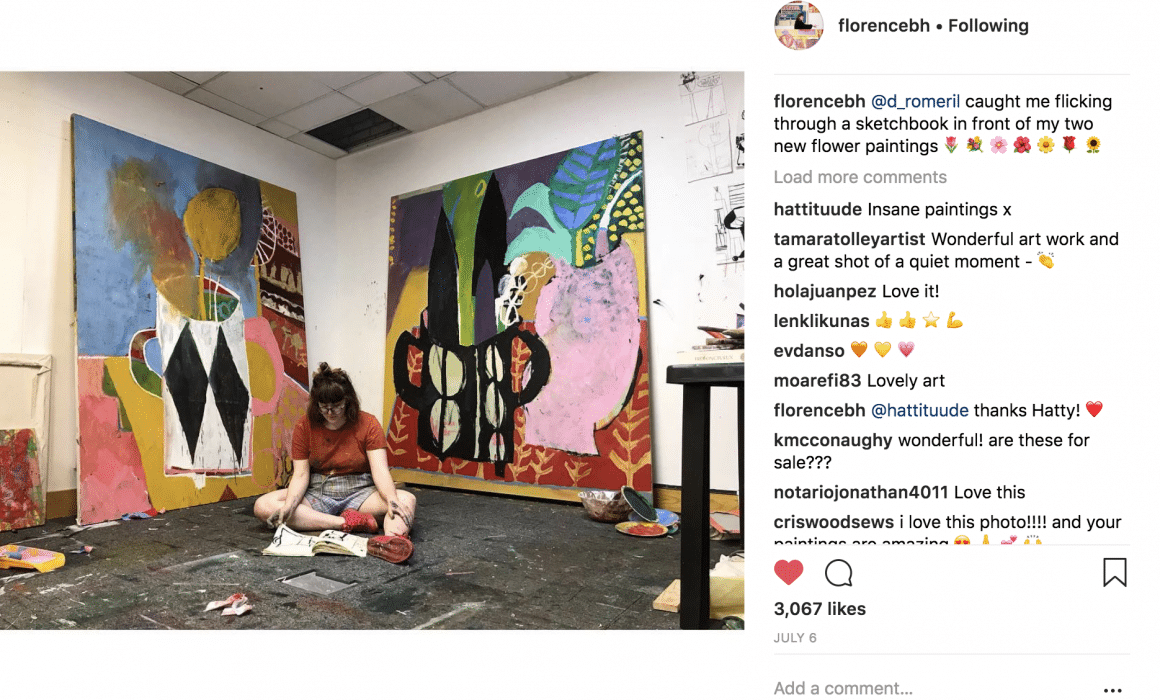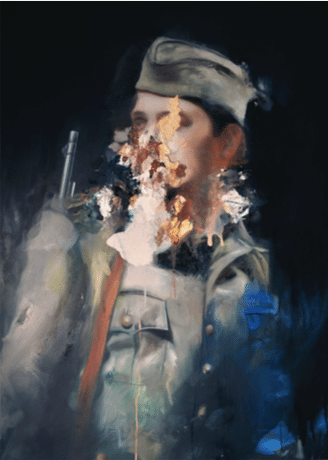Florence Hutchings Prints
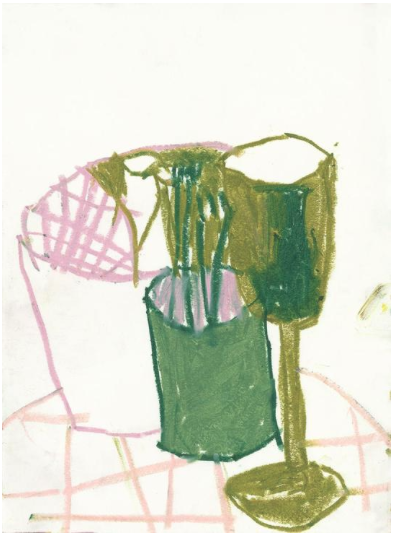
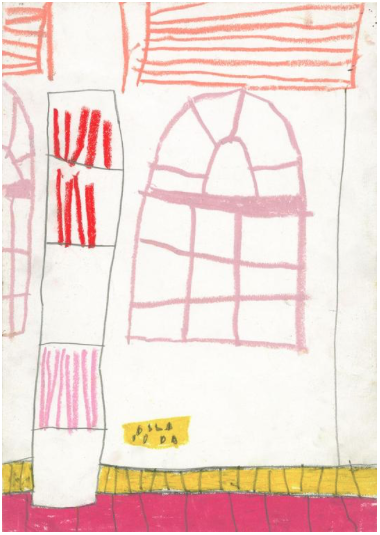
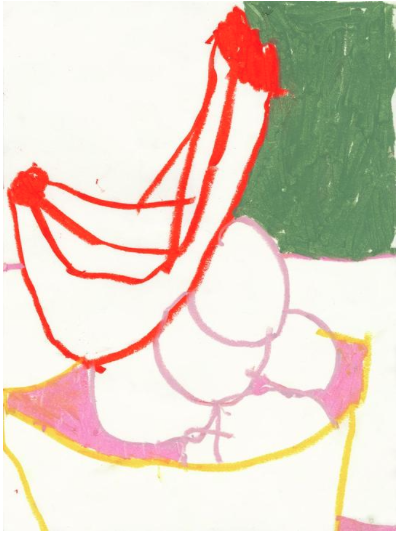
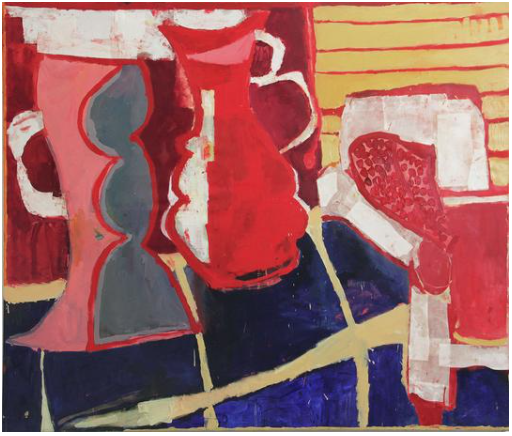
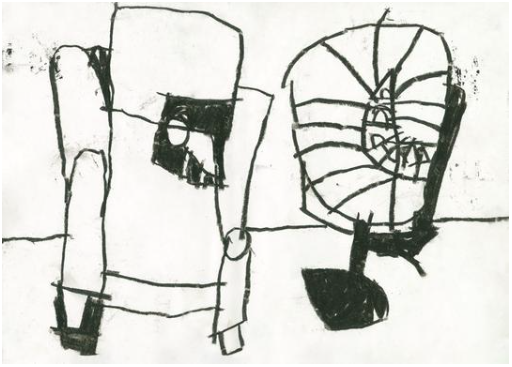
The private view for Florence Hutchings’ current show with us was incredible, with all of the paintings selling out in the first 45 minutes! We have a limited number of these exquisite fine art prints still available for any of you who missed out on getting a painting.
Each print is a limited edition run of 5 prints, which are supplied with certificate of authenticity to provide limited edition provenance. They are 30 x 40 cm / 12″ x 16″ including a small white border for easy framing, and are archival Giclée prints with an archival lifespan of up to 200 years.
Presented on Hahnemühle Photo Rag premium Fine Art paper with a slightly off white, matt finish paper with guaranteed archival properties. The paper gives muted blacks with even colour reproduction, and excellent detail. It has a minimal texture and a chalky smooth cotton feel which creates smooth colour gradients.
Each are editions of five, with only a couple at most still remaining of each.
You can find them HERE

